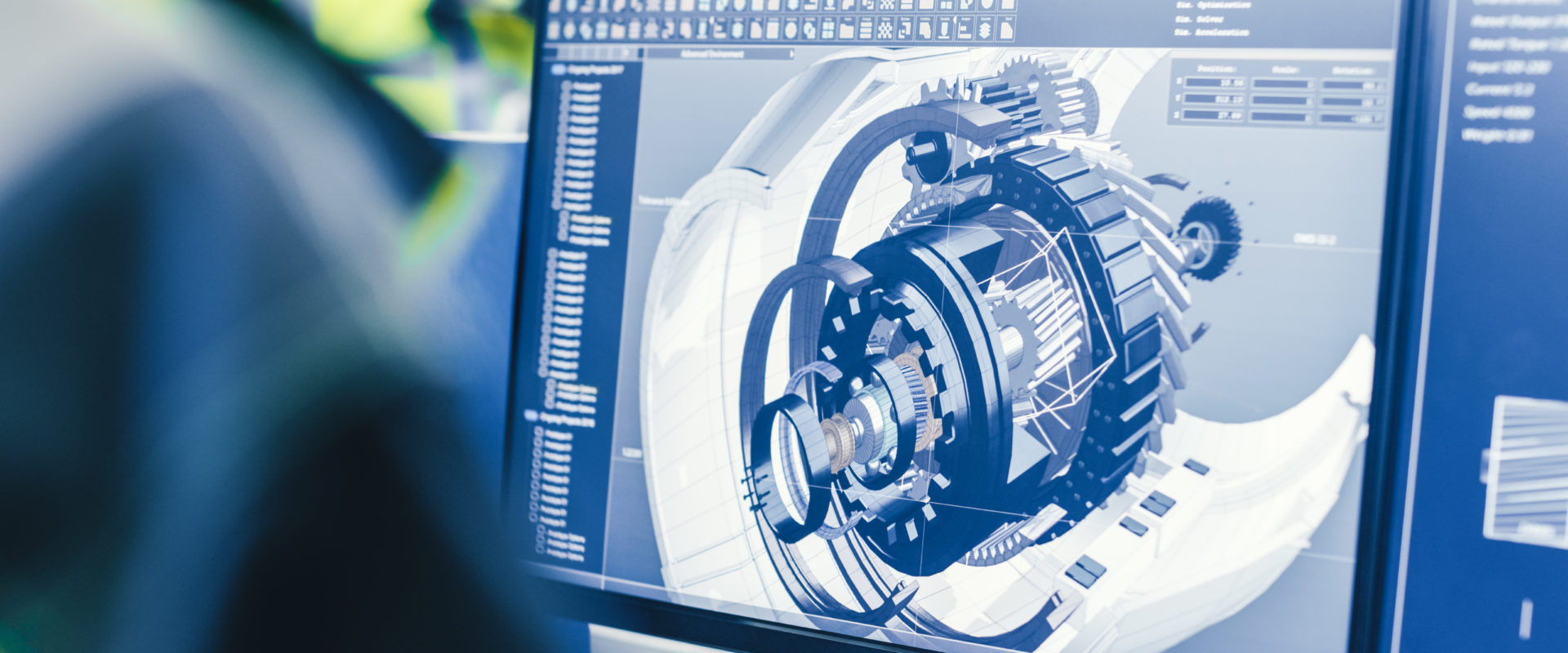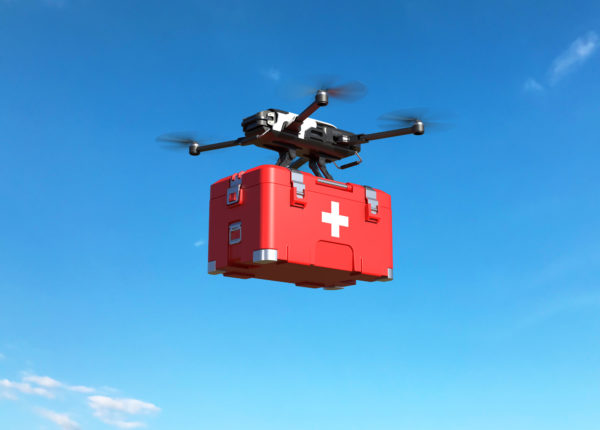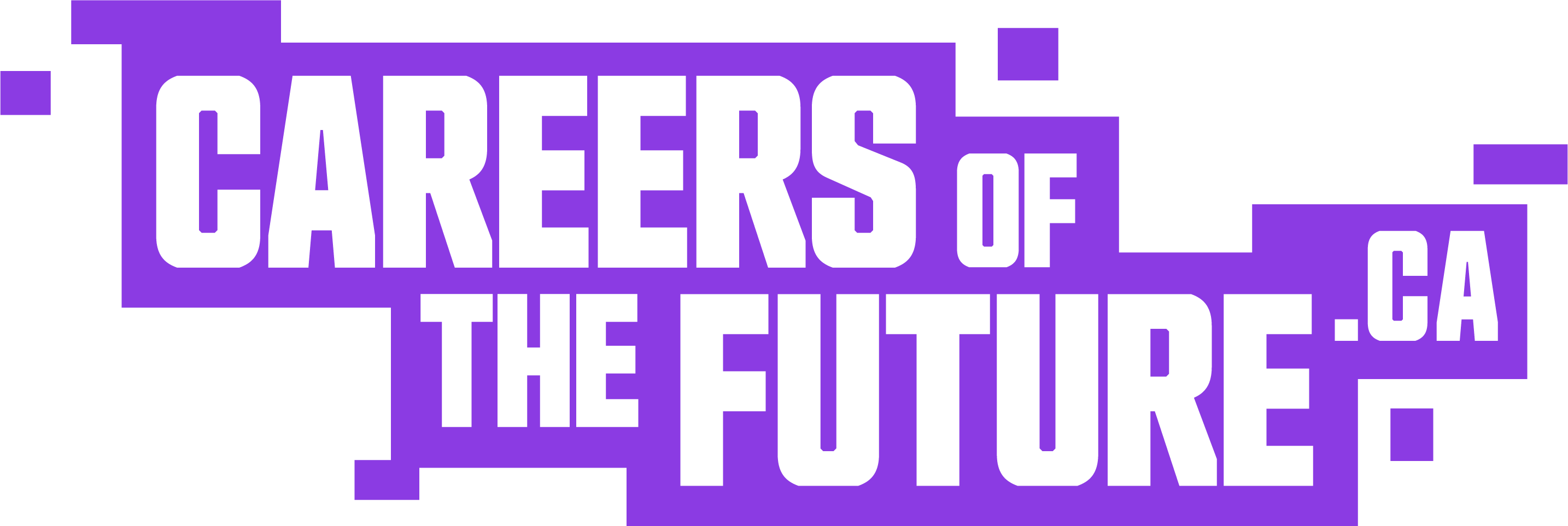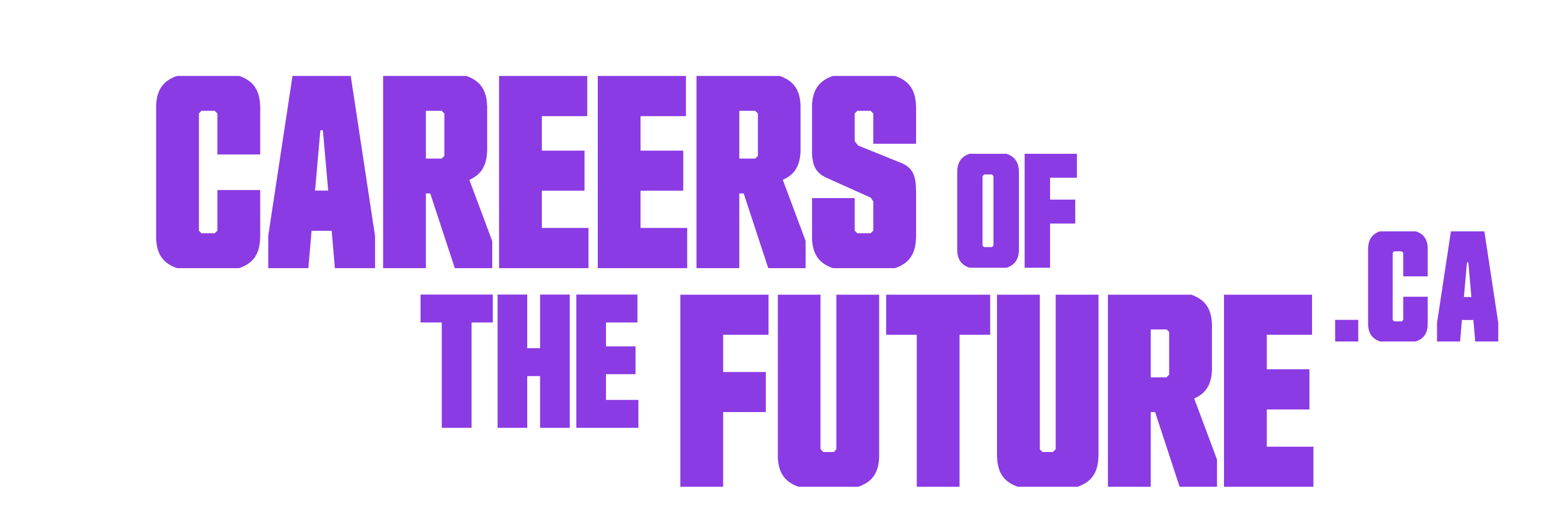Digital twins are computer simulations of real-world objects, which can be tested under various conditions, and improved through real-time data collected from sensors in the actual world before being built for real. It’s like engineering specifications come to life. In many cases, this technology is connected to the Internet of Things, A.I. and VR, where real-world sensors collect data, A.I. can interpret it to help improve a design, and VR can help the designer visualize it.
Digital Twins

Did you know?
George Klein, Canadian inventor, developed the first electric wheelchair in 1953.
Outcomes & Solutions

Sustainable Fashion Design
Fashion’s environmental footprint can be transformed by the use of digital twins. It can help solve fashion’s environmental challenges, improve textile sourcing, and be more efficient by improving the process and creating less textile waste – and give consumers a design and fit that is personalized for them.

Sustainable Factories
The pervasive use of digital twins can potentially contribute to a 20% reduction in global carbon dioxide emissions by 2030. Efficiencies in operations allow companies to readjust the way products and services are made and offered to reduce waste which translates into more durable materials translating into greater energy savings.

Create Innovative Products for the Future
This technology can be used in the manufacturing and operation of better built, longer life and more efficient products. They help anticipate and pressure test a product to ensure its effectiveness and safety.
Careers Using this Technology
Marketing Specialist
Connect directly to customers as they use digital twins to help design and engineer the products that they want to buy. As the key interface between customers and technology, marketing specialists have great communication and project management skills, and ability to analyze data and identify trends to help create products and exceptional customer experiences. In Canada, advanced manufacturing launches many new, important, and innovative products every day. As a marketing specialist, you could also help develop, execute, and monitor marketing programs to grow awareness of technologies emerging from our country. This involves researching the market, analyzing trends, and providing advice on how to reach the target market. Marketing specialists almost always have a bachelor's degree in marketing, business, communications, or related field.

Product Designer
Product designers are responsible for engineering the user experience of a product. They play an important role during the initial design and proof-of-concept stages of the product development process. A product designer creates virtual models of products and their features, tweaking and perfecting what will ultimately become a real final product. To do this work, you’d use a unique toolbox of skills, spanning from the “arty” to the “techie”. Product designers get to flex their creative muscles, but they also need to be great communicators and storytellers to explain their vision. Generally, product designers have an engineering or graphic design background.

Process Engineering Technician
Process Engineering Technician work in a team alongside IoT engineers, assisting with research, evaluation, design, and quality control processes. Engineering technicians study manufacturing data in order to stack how a factory is running against how it should be running. They help identify any potential problems and come up with solutions to help factories achieve their optimal performance.They may work in fields like civil, mechanical, industrial, computer, aerospace, or environmental engineering. They use digital twins to plan processes and entire factory lay-outs.


